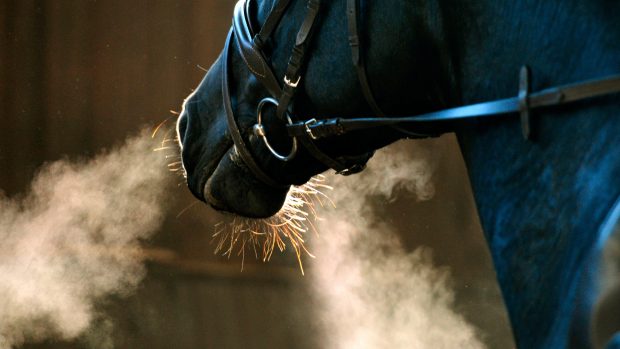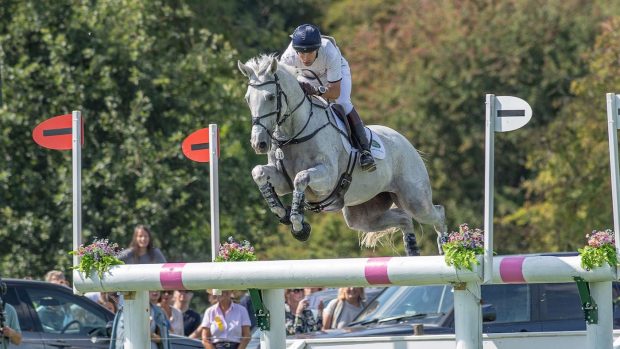Read more about respiratory problems
Find an equine vet
“ROARING”, “whistling”, “gurgling”, “thick winded”, “snoring” and “choking up” are all descriptions of respiratory noises made by horses in motion.
The first two are associated with RLN, but can be caused by the collapse of other structures, while gurgling and choking are often the result of dorsal displacement of the soft palate (DDSP).
There are three ways to tell if a noise is abnormal:
The timing: some horses make a “fluttering” sound on breathing out, which is due to the nostrils vibrating slightly – this is called “high blowing” and is considered to be a variation of normal. In contrast, if a horse makes a noise while breathing in, this could signify a problem. Because breathing is synchronised with locomotion at the canter and gallop, it is easy tell whether a noise is inspiratory or expiratory, because expiration occurs when the horse’s leading leg hits the ground, forcing air out of the chest, while inspiration occurs as the leading leg comes up and leaves the ground.
The volume: the louder the noise your horse is making, the more likely it is to be abnormal.
Reduced performance: a sudden loss of energy or speed, particularly during fast work, could indicate that something is amiss.
To read the full veterinary article on breathing problems see the current issue of H&H (5 January 2012)
Do you want to know more about respiratory problems?
Do you need an find an equine vet?



